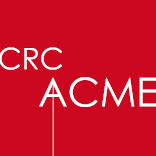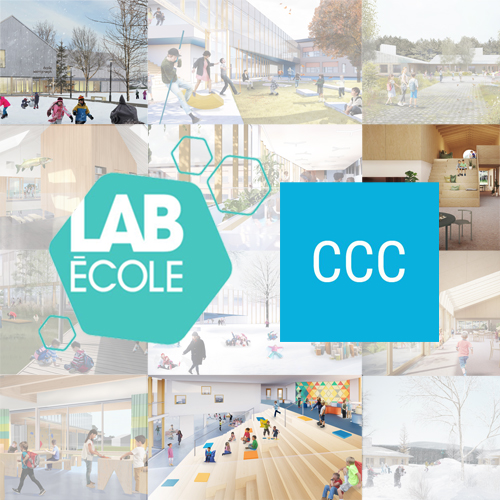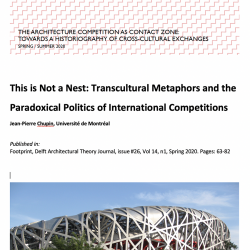The 5 competitions of the LABécole fully documented exclusively on the CCC
As part of a collaboration with the LABécole organization, the Canadian Competitons Catalogue is the first to deliver all 160 projects submitted in 2019 to the 5 competitions for the construction or expansion of elementary school in Shefford, Rimouski, Gatineau, Maskinongé and Saguenay. The official unveiling of the winners took place on Monday, August 24. ... Read more





